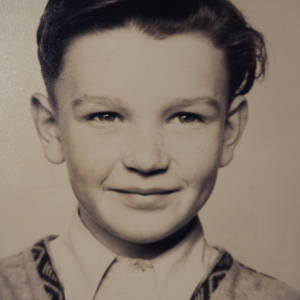Ebberston Hall
Ebberston Hall
History (Taken from the Ebberston Hall website)
The first impression of Ebberston Hall is of a Palladian mansion in miniature. It has been called variously, a Palladian Gem, a villa, a (chateau, England’s smallest stately home, a shooting box, a lodge, a folly, and, by its architect, a Rustick Edifice.
It was built in 1718 by William Thompson, MP for Scarborough and Warden of the Mint, for his mistress, who was evidently hard to please, as she, reputedly, never visited it.
The Architect was Colen Campbell, a pioneer of the Palladian Revival in England. Other houses designed by him include Houghton Hall in Norfolk, Mereworth Castle in Kent, and Stourhead in Wiltshire. The layout of the water garden on the North side of the house has been attributed to Stephen Switzer and Charles Bridgeman.
The original design for the house included a square cupola. with a lead roof built on top of the roof of the Hall; this was demolished in 1905.
William Thompson died, unmarried, in 1744, and the estate eventually passed to the Hotham family by Frances Thompson, wife of Sir Beaumont Hotham, in 1771. Ebberston remained with the Hothams until 1814, when it was sold to George Osbaldestone, the sporting ‘Squire of England’, who could outride, outshoot and outbox any man of his weight in the country. The Squire was responsible for the demolition of two small lodges on either side of the house. As the house was not large enough, he had plans drawn up for larger wings, these never materialised through lack of money. Among his sporting feats, done for a bet, was a ride from York to London, with a change of horses every 10 miles in under 12 hours. Later on, when he got heavily into debt, he used to take his furniture, piece by piece, up to the Grapes Inn at the end of the drive, and barter it for drink. They only sold the last piece of Squire Osbaldestone’s furniture in the 1920’s.
In 1848, when the Squire had run through his fortune and the estates of Allerston and Ebberston were heavily mortgaged, Ebberston was bought by the Cayleys of neighbouring Brompton, and the house became a farm house.
In 1941, Sir Kenelm Cayley sold the property to Major de Wend Fenton, whose family home in the West Riding was being spoilt by industrial development. The present owner is Major de Wend Fenton’s son, Mr West de Wend Fenton.
The de Wend Fentons have spent some considerable time and money on restoration work at Ebberston Hall, which had fallen into a sorry state of repair. A 50 per cent grant from the Ministry of Works enabled the building to be made structurally safe; dry rot was removed from the panelling and the terrace and steps were entirely rebuilt. A second government grant, in 1979, meant that the ballustrading could be restored and the house re-roofed. Work was also carried out on the water garden, and all three waterfalls are once more in working order.
- 0
- 0
- Nikon D5000
- f/10.0
- 18mm
- 400

Comments
Sign in or get an account to comment.


